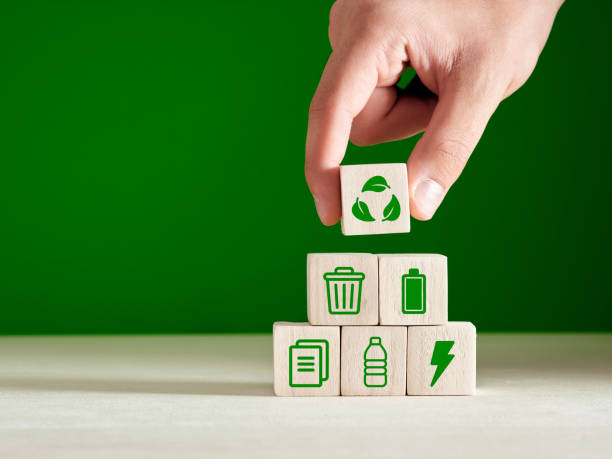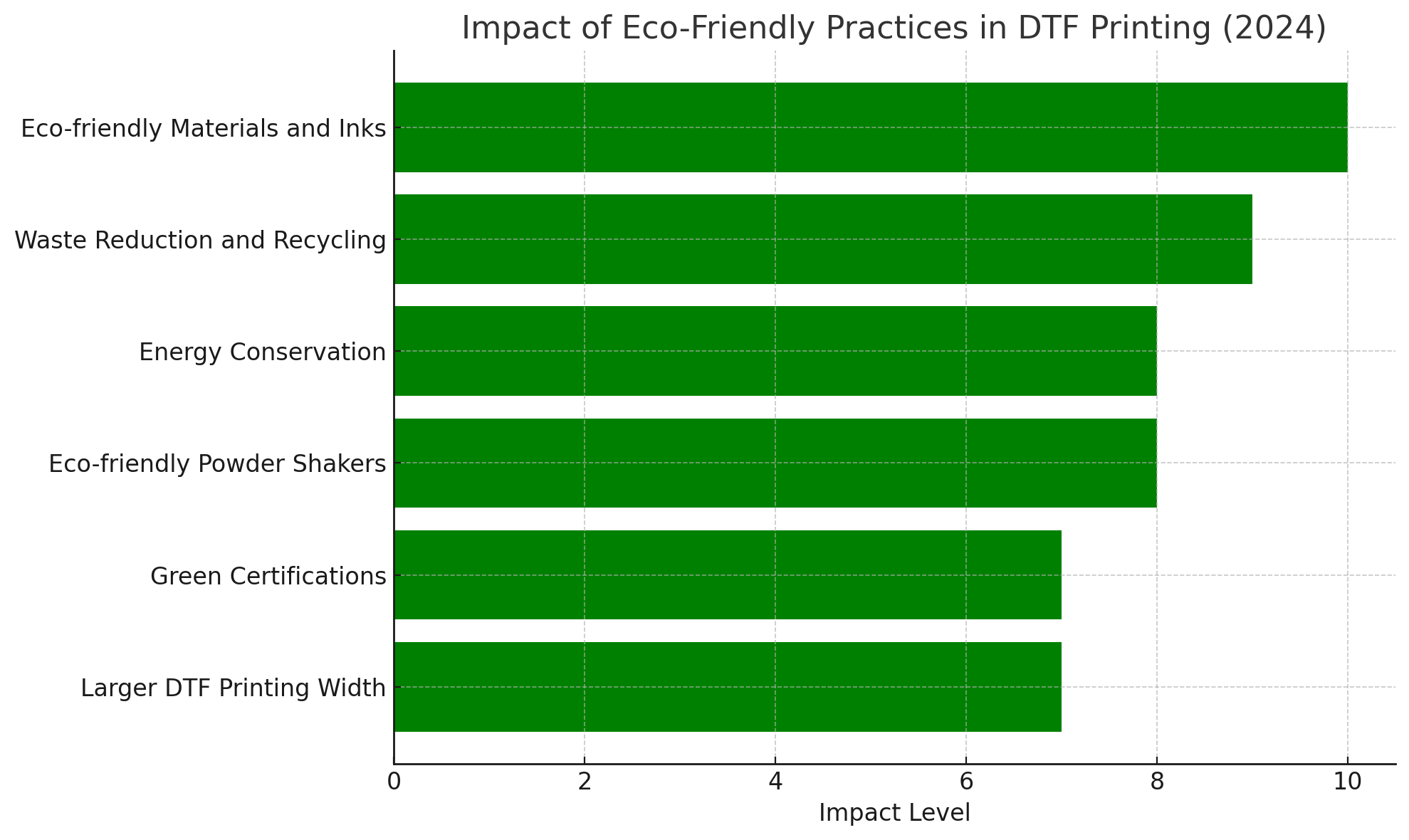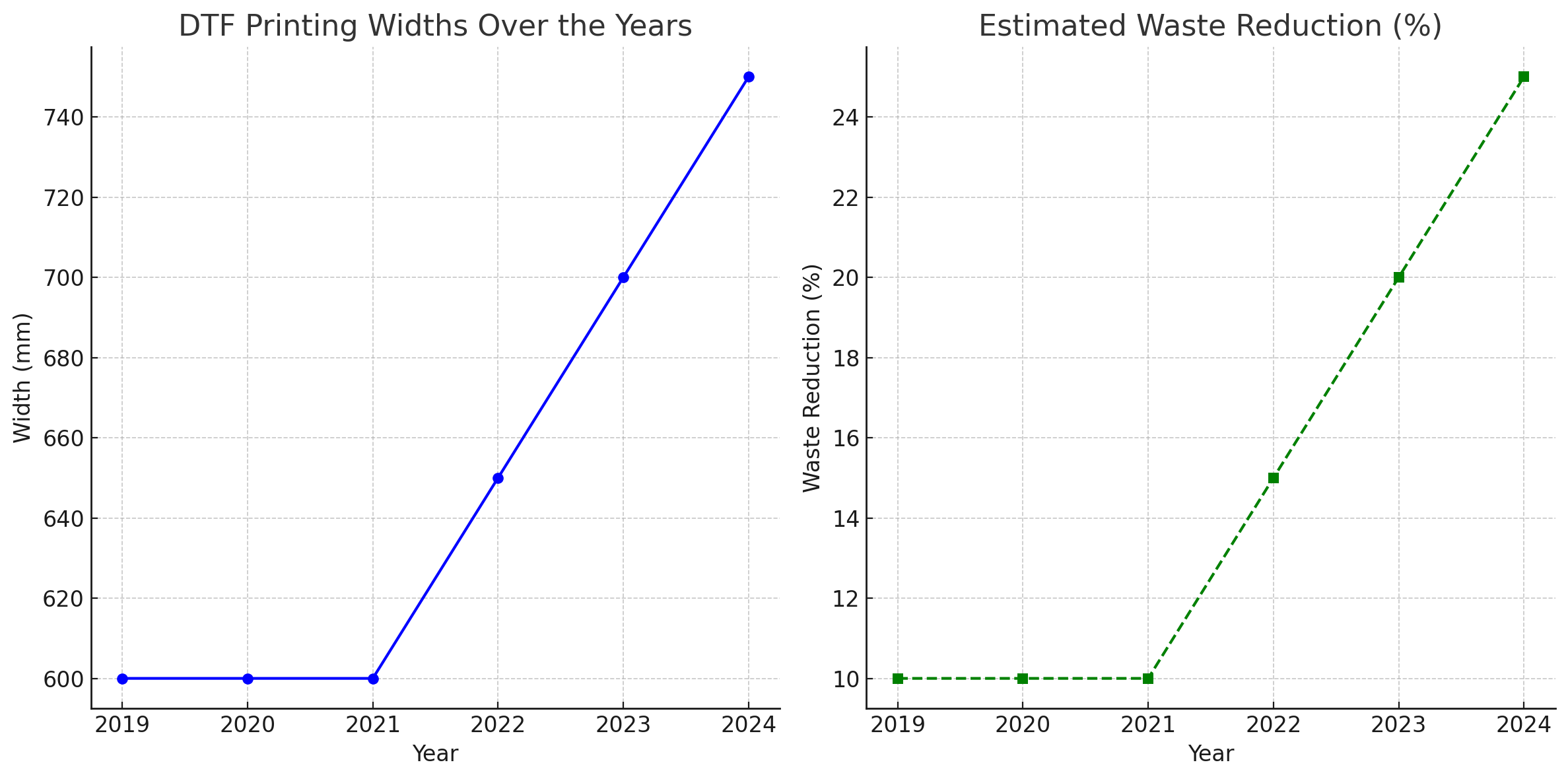Eco-Friendly Practices in DTF Printing: A Sustainable Future

Eco-Friendly Practices in DTF Printing: A Sustainable Future
Key Takeaways:
| Eco-Friendly Practice | Impact |
|---|---|
| Eco-Friendly Powder Shakers | Reduces harmful emissions, prioritizing safety and sustainability |
| Larger DTF Printing Width | Leads to more efficient production and reduced waste |
| Eco-Friendly Materials and Inks | Minimizes chemical waste, reducing ecological footprint |
| Waste Reduction and Recycling | Contributes to a sustainable future by utilizing recycled materials |
| Energy Conservation | Reduces environmental impact through efficient technologies |
| Green Certifications | Demonstrates commitment to environmental responsibility |
Introduction
Direct to Film (DTF) printing is shaping the textile industry's future, offering an innovative solution for high-quality, durable prints. As we embrace sustainability, eco-friendly practices within this sector have become crucial. This pillar page explores how the DTF printing industry is evolving to incorporate greener approaches.
Understanding DTF Printing
DTF printing is revolutionizing the world of textile printing by offering versatility and quality unmatched by traditional methods. It involves printing designs on a special film, applying an adhesive powder, and then heat-pressing the image onto the fabric. An essential read for newcomers is our DTF Printing Essentials: A Closer Look, which provides an in-depth analysis of the technology and processes involved.
The Rise of Sustainable Eco-Friendly DTF Practices
The push towards eco-friendly practices in DTF printing stems from a growing awareness of environmental issues. By adopting sustainable materials, inks, and techniques, businesses can significantly reduce their ecological footprint.
Key Eco-Friendly Practices in Sustainable DTF Printing
Eco-friendly innovations in DTF printing range from non-toxic inks to energy-saving equipment. Practices include:
- Eco-friendly Powder Shakers: New shaker models ensure safety and sustainability, cutting down on harmful emissions.
- Larger DTF Printing Width: Advancements have led to larger printing widths, streamlining production and minimizing waste.
- Eco-Friendly Materials and Inks: Water-based inks are becoming the norm, offering a greener alternative to solvent-based options.
- Waste Reduction and Recycling: Emphasizing the importance of recycling programs to ensure materials are reused efficiently.
- Energy Conservation: Implementing energy-efficient technology lessens the environmental impact.
Visual representations of these impacts can be seen in our comprehensive graphs:  and
and 
Impact and Benefits of Green Certification
Green certifications reinforce a company's dedication to eco-friendly operations. Learn why this matters in What is Direct to Film Transfers? Benefits.
Case Studies and Success Stories
Leading companies are setting examples by incorporating these eco-friendly practices, demonstrating both the feasibility and benefits of going green. Some of the eco-friendly practices that leading companies are incorporating include:
- Implementing energy-efficient initiatives such as LED lighting, solar panels, and motion sensors to reduce energy consumption and lower greenhouse gas emissions.
- Using sustainable materials in their products, packaging, and office supplies to reduce waste and environmental impact.
- Implementing recycling programs for paper, plastic, glass, and other materials to divert waste from landfills and promote a circular economy.
- Offering telecommuting options and flexible work arrangements to reduce carbon emissions from commuting and promote work-life balance.
- Investing in green technology and innovation to develop sustainable solutions for their operations and products.
- Partnering with eco-friendly suppliers and vendors who share their commitment to environmental stewardship.
- Educating employees about the importance of sustainability and providing training opportunities to help them incorporate eco-friendly practices into their daily routines.
How to Get Started with Eco-Friendly DTF Printing
Those interested in getting started should not miss our Step-by-Step Guide to Printing DTF Transfers, which offers practical steps to adopting sustainable DTF printing operations.
Future Trends in Eco-Friendly DTF Printing
We anticipate further innovations in material efficiency, recycling practices, and energy-saving technologies, marking an optimistic future for the DTF printing industry.
Conclusion
Eco-friendly practices in DTF printing are not just a trend but a necessary evolution towards sustainability. We encourage our readers to explore additional resources for implementing these practices in their operations, such as the How-to Videos.
Multimedia Enhancements
For a deeper dive, check out these instructional and informative videos:
- The Truth About DTF Printing offers valuable insights into sustainable printing solutions.
- How To Start A T-Shirt Business With $20 Using DTF Transfers provides tips on economical business startups.
Embracing eco-friendly practices in DTF printing can lead to a more sustainable future, driving positive change and fostering long-term growth and success within the industry.
